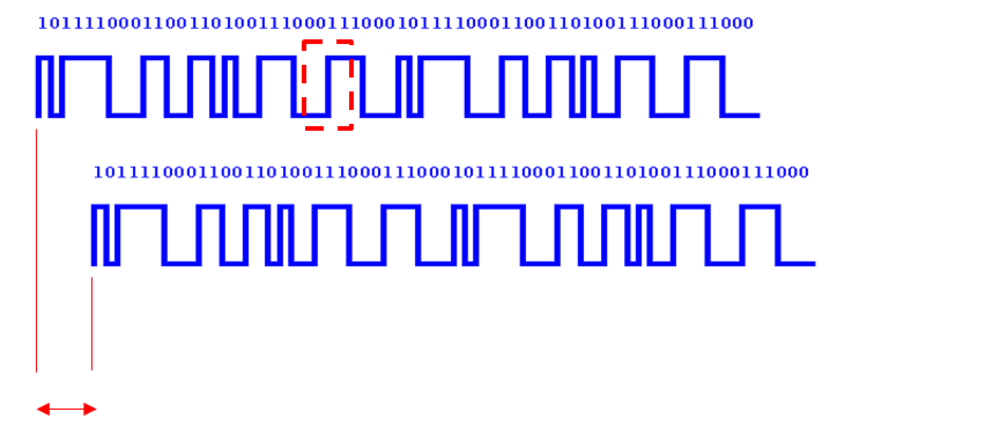01 - VBOX Sigma Introduction
VBOX Sigma (RLVBSIGMA) is a cost-effective, RTK enabled 10 Hz data logger with integrated NTRIP modem. Its multi-constellation, multi-frequency GNSS engine offers outstanding RTK performance even in areas with poor and multi-path satellite coverage.
When used in conjunction with an RTK base station or NTRIP correction service, VBOX Sigma is accurate to within a centimetre and is the ideal reference for ground truth.
The in-built NTRIP modem makes it easy to receive RTK correction messages from an NTRIP network, either via Wi-Fi or a 4G cellular connection. In order to use this type of correction you have to register and subscribe to a cellular data plan with your local NTRIP provider, such as Topnet in the UK and Germany, Swepos in Sweden or Unavco in the USA.
Features
|
|
Inputs
Unit Power |
|
|---|---|
|
Input Voltage Range (automotive) |
|
| Power Consumption | <5 W |
GNSS Antenna Supply |
|
|---|---|
| Supply Voltage | 3 V DC |
Outputs
CAN Bus |
|
|---|---|
| Output Data Rate | 125 kbit/s, 250 kbit/s, 500 kbit/s and 1 Mbit/s selectable baud rate. Software controlled CAN termination |
| Data available | Satellite count, time, position, speed, heading, altitude, vertical velocity, longitudinal acceleration, lateral acceleration, solution type, date, correction age, serial number |
RS232 |
|
|---|---|
| Output Data Rate | 10 Hz |
| Data available | Satellite count, time, position, speed, heading, altitude, vertical velocity, longitudinal acceleration, lateral acceleration, solution type, date, correction age |
How Does RTK Work
NTRIP Guidance
In order for some NTRIP Casters to work, they require your position. This is true if the service you are using has multiple reference stations over a large area, in which case it will need to know which one is closest to you.
This is achieved by your GNSS engine sending a GGA NMEA message to the caster, which needs to be enabled on your GNSS engine. This message can be set to transmit every 10 s, it is not necessary to send it more often than that. Note that if the NTRIP service you are using requires a GGA message, and it is not sent, you will not receive any data. If you are using your own Base Station, or a service with only one Base Station, then the GGA message is not needed.
NTRIP delivered RTCM v3 messages are usually sent once a second or once every two seconds. RTK can usually still be accurate even if the message is up to 60 s old, but for best performance, keep this as short as possible.
The VBOX Sigma GNSS engine can use the following signals:
- GPS L1/L2C
- Glonass L1OF, L2OF
- Galileo E1B/C, E5b
- Beidou B1I, B2I
Therefore it is important that the NTRIP service you use transmits all of these corrections.
The transmission of these correction signals at 1 Hz uses approximately 1 kB per second depending on how many satellites are visible, so if you are intending to use a SIM card to connect to the NTRIP server, ensure that you have enough data available.
Registration
So that Racelogic can continue to provide you with notification of the latest software releases, firmware upgrades and to offer technical support, please register your VBOX Sigma.
Register your unit here.
Standard Inventory
| Product Code | Quantity | Description |
|---|---|---|
| VBSIGMA-V1 | 1 | VBOX Sigma Unit |
| RLACS308 | 1 | GNSS Antenna |
| TTV1AM20MB31 | 1 | USB-A to USB-C Fast Data/Power Cable |
| RLCAB010H | 1 | Hirose 3 W Plug to Cigar Plug Power Cable, 2 m |
| 8 GB SD Ultima Pro UHS-1 Memory Card | 1 | RLACS313 |
| ANTMSTUBSMAM | 1 | Multi Band Antenna |
Optional Accessories
| Product Code | Description |
|---|---|
| RLCAB170 | 6 Way Hirose to 5 Way Lemo - 2 m |
| RLCAB001-H | 6 Way Hirose to 9 Way D-Connector - Serial cable |
| RLCAB181 | 6 Way Hirose to 9 Way D-Connector - CAN cable |
| RLCAB164 | 6 Way Hirose to Unterminated |


.png?revision=1)
.png?revision=1)
.png?revision=1)
.png?revision=1)
.png?revision=1)